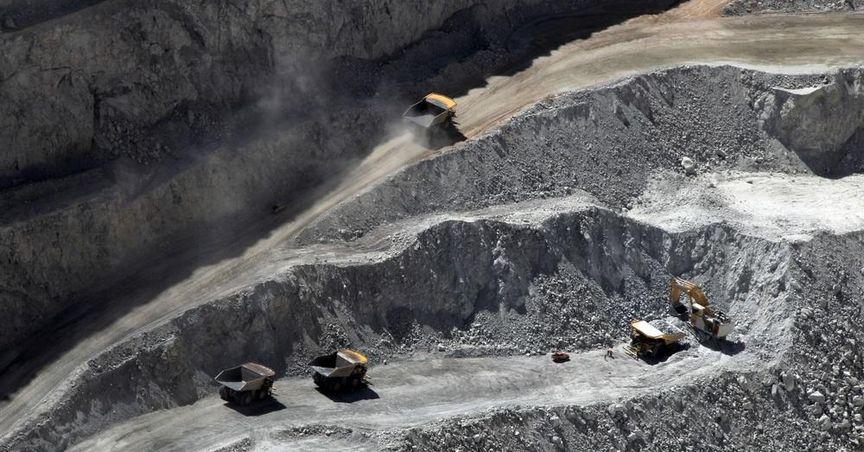Highlights
Rio Tinto Ltd (ASX:RIO) operates in iron ore, aluminium, and copper
Included in the ASX 100, ASX 200, and ASX 50 indices
Company presence spans global operations with key commodity exports
Rio Tinto Ltd (ASX:RIO), listed on the ASX 100, ASX 200, and ASX 50, is among the top-ranked mining companies operating in the metals and mining sector. The company manages a global portfolio of assets focusing on iron ore, aluminium, copper, and a mix of energy and mineral resources. The company’s operations are based across Australia, North America, and other regions, allowing a wide-reaching supply chain and commodity distribution.
Key Product Segments
The core business of Rio Tinto is diversified across four major product groups: Iron Ore, Aluminium, Copper & Diamonds, and Energy & Minerals. Iron ore contributes significantly to its exports and is essential in steel production. The company’s strong position in the iron ore market connects its performance to trends in global industrial demand. Aluminium and copper segments are also strategically relevant, especially with their role in construction and electrical infrastructure.
Operational Reach and Market Presence
With mining operations based in Western Australia, Queensland, and several other countries, Rio Tinto maintains a consistent extraction and shipment capacity. The company exports large volumes primarily to regions in East Asia and Europe. In copper and aluminium, Rio Tinto maintains refining and smelting capacities, which enhance the value-added aspect of its business structure.
Profit-Generating Capabilities
Rio Tinto’s operations are structured to focus on large-scale production efficiency. The company’s cost management and margin generation are linked with its resource base and technological integration across sites. Operational efficiencies and process automation contribute to sustaining long-term margins across volatile commodity cycles. The iron ore division, in particular, remains the most consistent contributor due to high demand from international infrastructure development.
Capital Structure and Debt
The company maintains a balance between equity and debt, aligning its capital structure to support long-term exploration and expansion. Strategic debt levels are used primarily to finance infrastructure development and equipment upgrades. The company avoids over-leverage, maintaining financial flexibility through moderate gearing ratios. Liquidity management practices ensure that liabilities are met without impairing core operations.
Supply Chain and Logistics Infrastructure
Rio Tinto supports its mining activities with a robust logistics network that includes railways, ports, and shipping channels. Integrated supply management systems allow for seamless extraction to export flow. These systems are a key component in maintaining delivery timelines and managing operational costs. Port infrastructure, especially in Western Australia, plays a crucial role in supporting bulk shipments of iron ore and other minerals.
Environmental Management and Sustainability
The company implements environmental controls across its projects, aligning with global sustainability standards. Land rehabilitation, water conservation, and emissions control are incorporated into its mining operations. Rio Tinto continues to enhance these measures to align with the sustainability expectations of key stakeholders and regulatory bodies in countries where it operates.
Dividend Profile
Rio Tinto Ltd is also listed under asx dividend stocks, maintaining a consistent dividend distribution policy aligned with earnings performance. This aligns the interests of the company with long-term shareholders and contributes to its profile among dividend-yielding entities.





